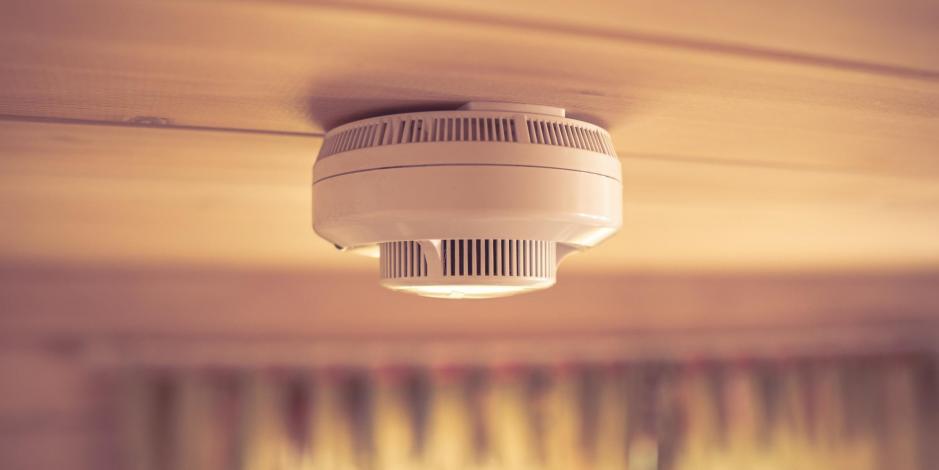
As winter settles in and the temperatures drop, many Atlanta-area families are firing up their furnaces to stay warm. But while your heating system keeps you cozy, it can also bring a dangerous risk that’s often overlooked: carbon monoxide (CO). At Anchor Heating & Air Conditioning, we believe safety is the foundation of comfort. Today, we’re turning our attention to something just as critical: protecting your home and your family from carbon monoxide.
What Is Carbon Monoxide and Why Is It So Dangerous?
Carbon monoxide is a colorless, odorless, and toxic gas produced when fuel is burned. Carbon monoxide poisoning is responsible for about 500 deaths in the United States every year, and hundreds more are hospitalized from exposure. CO binds to hemoglobin in your blood, preventing oxygen from circulating. Carbon monoxide can enter the home through consumer products like water heaters, stoves, or furnaces, or from other combustion sources like car engines.
The danger lies in the fact that CO gives no warning signs you can detect with your senses. You can’t see it, smell it, or taste it, which is why it’s known as the odorless gas that kills. In severe cases, victims can become too disoriented to escape, even if they realize something is wrong.
Common Sources of Carbon Monoxide in Homes
You might be surprised at how many everyday appliances and situations can produce carbon monoxide, including:
- Unvented kerosene or gas space heaters
- Leaking chimneys or furnaces
- Back-drafting from furnaces, gas water heaters, wood stoves, or fireplaces
- Gas stoves and ovens
- Portable generators or other gasoline-powered equipment
- Automobile exhaust from attached garages
- Tobacco smoke
Poorly maintained heating equipment is one of the most common culprits. Problems such as worn parts, incorrect adjustments, or blocked, disconnected, or leaky flues can all lead to dangerous CO buildup. Even small leaks from ductwork can allow CO to spread throughout your home, which is why furnace air sealing and furnace duct sealing are also important for safety as well as efficiency.
The Effects of Carbon Monoxide on Your Health
The severity of CO poisoning depends on how much gas you’re exposed to and for how long:
- Low-level exposure: Headache, nausea, fatigue, or mild chest pain (especially in people with heart disease). Many mistake these symptoms for the flu.
- Moderate exposure: Throbbing headache, confusion, dizziness, and a rapid heartbeat.
- High-level exposure: Unconsciousness, convulsions, respiratory failure, and death.
How to Protect Your Family from Carbon Monoxide
The good news? Carbon monoxide prevention is both affordable and effective when you take the right steps:
1. Install a Carbon Monoxide Alarm
Place CO alarms on every level of your home and outside sleeping areas. Test them monthly and replace the batteries at least once a year.
2. Schedule Annual Furnace Maintenance
A NATE-certified Anchor Heating & Air technician can inspect your system for leaks, ensure proper ventilation, and check combustion equipment for safe operation.
3. Seal Furnace Air and Duct Leaks
Leaky ducts don’t just waste energy — they can pull dangerous fumes into your living spaces. Professional furnace air sealing and furnace duct sealing keep your system safe and efficient.
4. Never Run Fuel-Burning Appliances Indoors Without Ventilation
This includes portable generators, grills, or cars inside a garage, even with the door open.
Carbon monoxide is an invisible threat, but with the right precautions, you can keep your home safe all year long. At Anchor Heating & Air, we’ve been serving the Atlanta area since 1971, providing expert furnace maintenance, safety inspections, and sealing services that protect both your comfort and your health.


